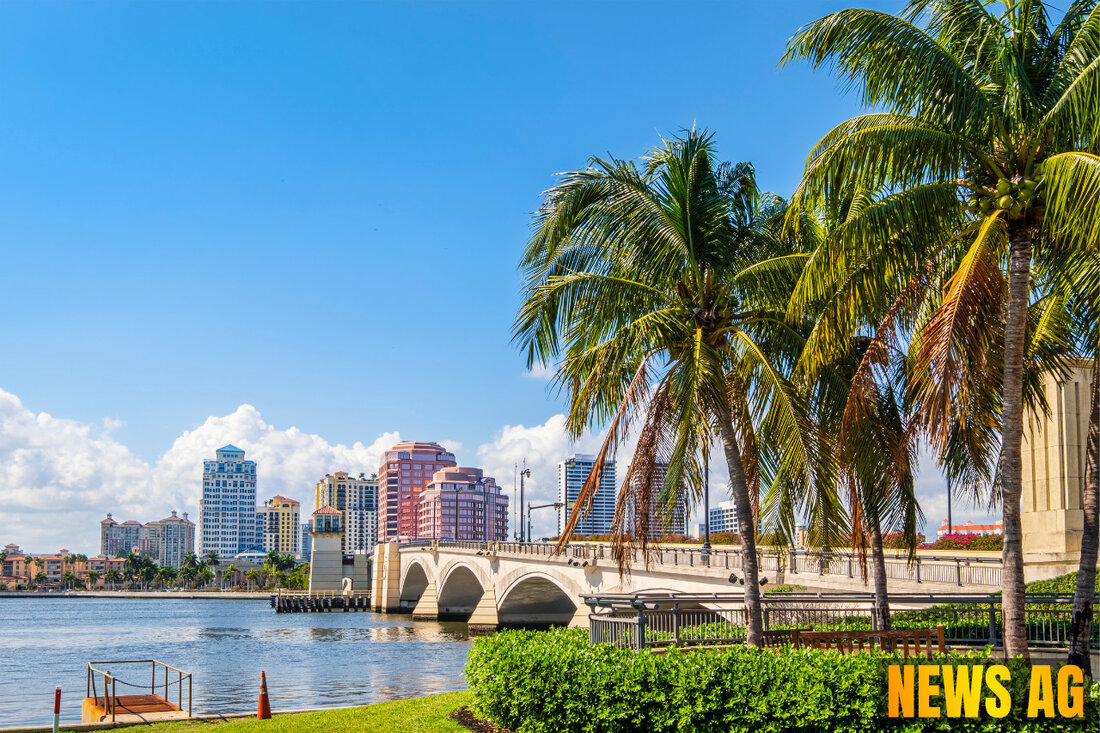FPL's Rate Hike Delayed: Residents Fear Rising Bills Ahead of Settlement
Explore the latest on Suwannee County's FPL rate hikes, negotiations for lower bills, and community impact amid ongoing hearings.

FPL's Rate Hike Delayed: Residents Fear Rising Bills Ahead of Settlement
Florida Power & Light (FPL) has hit the brakes on its ambitious plans for a rate hike as negotiations with state regulators continue to shape a potential settlement. As reported by WCJB, the Florida Public Service Commission (PSC) has unanimously decided to delay the technical hearings originally set to review FPL’s rate request for the years 2026 to 2029. This pause gives stakeholders more time to finalize a four-year settlement agreement, with a target date of August 20 for completion.
FPL serves around 12 million customers from the bustling Panhandle all the way down to Miami, and the company argues that the proposed higher rates are crucial for keeping pace with Florida’s rapid growth. „Continuous investment is required to maintain grid operations„, said an FPL spokesperson. These investments are said to involve not just the expansion of the existing electric grid, but also the construction of new power plants. However, concerns have arisen, particularly from consumer advocacy groups such as AARP Florida, which claims that homeowners have been sidelined from negotiations. AARP has mobilized nearly 34,000 signatures opposing the hike, warning of the blow to individual finances that could follow if the settlement goes through.
What’s at Stake?
The proposed rate hike is no small matter; FPL filed a petition back in February aiming to replace its existing agreement, which expires at the end of 2025. Plans for increases of $1.545 billion in 2026 and $927 million in 2027 are on the table, along with additional costs related to solar and battery projects stretching into the years 2028 and 2029. It’s a hefty sum, with some estimates suggesting the total increase could reach a staggering $10 billion over time, as detailed by PNJ.
The PSC has been rather engaged in this debate, conducting ten public hearings and receiving extensive testimony from customers across the state. In this context, groups opposing the rate hike, like Floridians Against Increased Rates, are rallying their forces. Approximately 60 witnesses are expected to take the stand against the proposal, highlighting the disconnect between regulatory outcomes and public sentiment. Notably, the Office of Public Counsel—the body charged with representing consumer interests—has voiced objections and suggested alternatives that aim to see a reduction in customer rates by $620.5 million in 2026.
Broader Implications
The ongoing situation puts FPL in a tricky spot. If past performance is any guide, the utility has historically enjoyed favorable decisions from the PSC, often securing significant rate increases. However, the current climate has shifted, with public trust in regulatory agencies waning amid criticisms of perceived alignment with utility companies. Critics, including U.S. Rep. Kathy Castor, are advocating for reforms requiring greater accountability in how public utilities manage ratepayer funds, leading to the introduction of legislative efforts like the Ethics in Energy Act.
As the deadline for the proposed settlement approaches, the PSC will be closely monitoring developments. A decision on how to move forward is expected on Monday, setting the stage for what could be a pivotal moment for millions of Floridians impacted by these rate hikes. As the stakes remain high and discussions intensify, the community will be keenly watching to see how this all unfolds and what it will mean for their wallets.

 Suche
Suche
 Mein Konto
Mein Konto